While exploring the grounds of Wildsumaco Lodge on the east slope of the Andes in Ecuador I came across a rather large bug lying on its back. I assumed it was some kind of dead freakish moth and flipped it over to get a better look and was very surprised that it opened its wings to reveal, well, a much more impressive sight than I had expected!
What a cool bug! I made sure that my fellow travelers got to see it, took some photos, and moved on to look at birds. It was only when I returned to the United States and posted a picture of the bug on Facebook that I realized how close to death I had come. You see, the bug was identified for me by Nick of Biological Ramblings as a Machaca, a bug that on occasion bites an unwitting victim who then has to have sex within 24 hours or die. No I am not making this up. Seeing as Daisy was all the way back in New York I would probably have perished had the bug bitten me when I turned it over.
Of course, the idea that a bug could kill you with a bite if you remained chaste is absurd. One can’t help but wonder, however, how many gullible folks were suckered into sharing the loving by those who feigned Machaca bites. And it is not just sexual acts that Machacas inspire! There is a novel, The Last Machaca, a band, Machaca, and a Facebook page!
Though I have labeled this bug Fulgora laternia I am not entirely sure that I am correct. There is another, very similar species called Fulgora lampetis and I have a sneaking suspicion that this is one of the latter. I can’t, however, find an image of F. lampetis anywhere so if anyone can clear up the bug’s identity for sure that would be great!
So, my advice if you are traveling in the home turf of the Machaca is not to pick them up or put yourself into a situation where you can be bit, unless, of course, you have the hots for a traveling companion. Just make sure you tell the tale of the Machaca before being bitten or they might never believe you and you will be left forlorn, and, just maybe, dead.
…
(This post was first published in November 2010, but a bug this beautiful deserves to be taken out of the archives every now and then!)


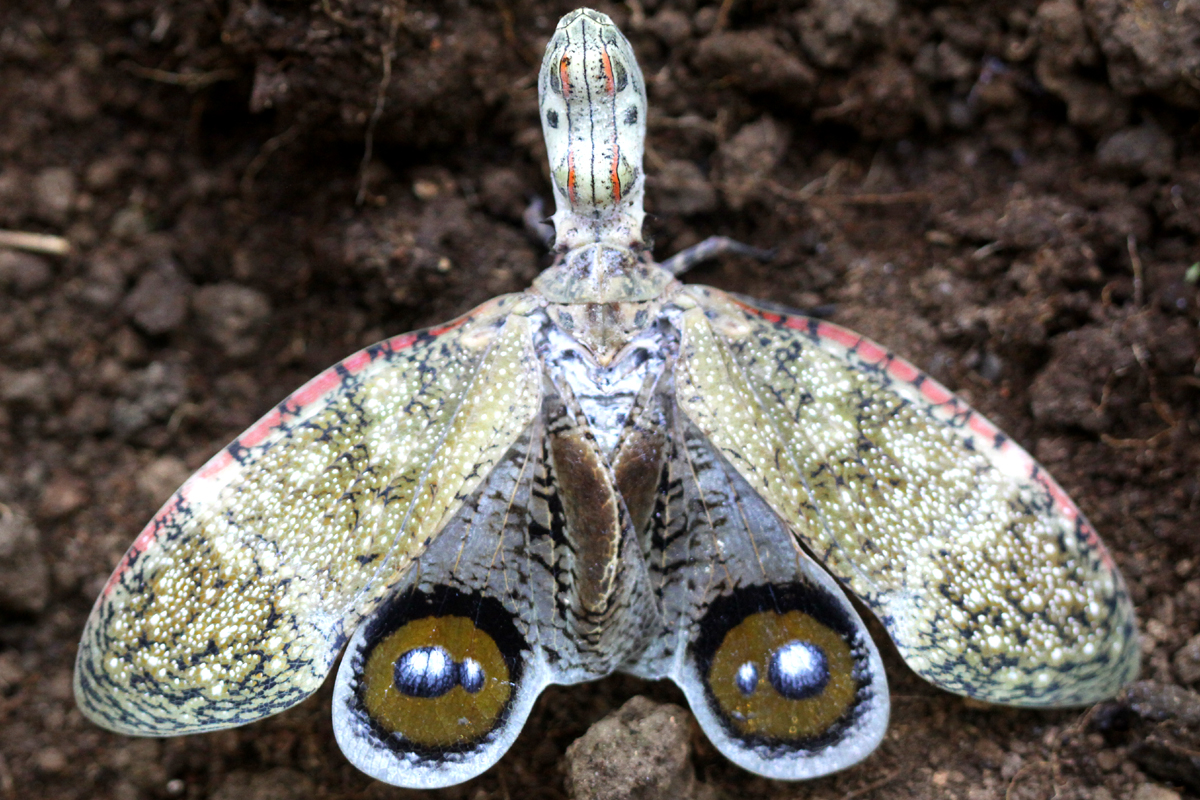
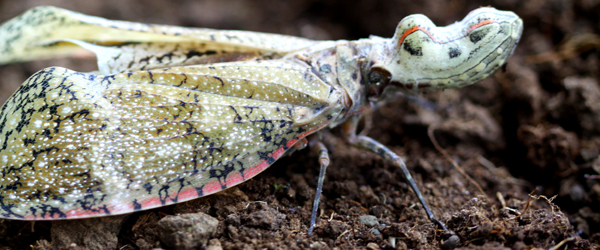
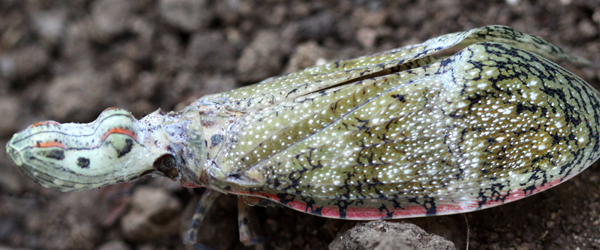
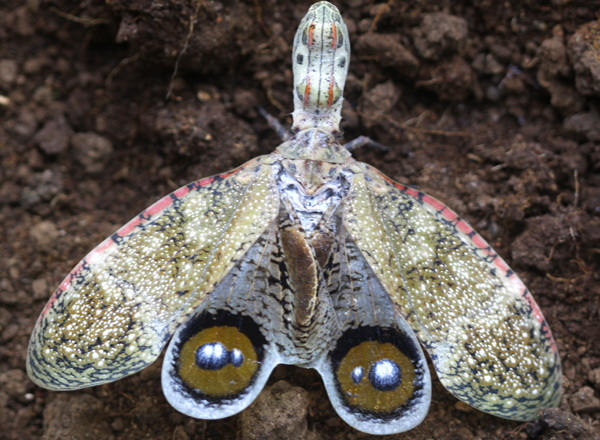
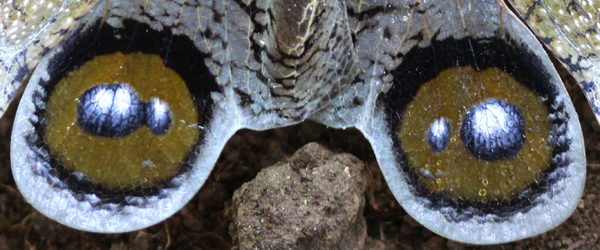











This thing is friggin’ awesome.
Great picture Corey, and great post. That was the first time I saw the Machaca but I have hear of its reputation, although I have no proof of its poison.
Wow, that is a serious bug. Looks a bit like a lantern bug, which probably explains its scientific name. Sweet, Corey!
Great pics of an amazing creature!
Wow, I really ought to read this blog more often 🙂
This is one species I would embrace as an invasive… 😉
great shots Corey, and thanks for following up with the ID. Of course, now that you have educated me about the legend, I understand why that huge earthworm was so close to it: clearly if the only other choice was death….
En colombia existe ena leyenda que hizo carrera incluso en la curia, es llamada “La Machaca”. Todo empezó hace muchos años en un pequeño pueblo del Putumayo el cual celebraba las fiestas anuales, un par de periodistas que fueron enviados a cubrir la nota llegaron un día tarde a la dichosa celebración y no teniendo que decir a sus editores iniciaron un periplo por el pueblo tratando de descubrir algo que fuera interesante, la suerte les llevo a una pequeña exposición de artesanos los cuales exponían y vendían entre muchas cosas mochilas, vasijas, collares, en fin… entre aquellas cosas los periodistas encontraron un insecto que nunca habian visto antes, y preguntaron ¿qué era eso?; el vendedor no se sabe de donde o porque, les dijo que se llamaba La Machaca (Fulgora lanternaria) y que era un bicho muy peligroso, porque su picadura era mortal.
La única forma de evitar morir era hacer el amor dentro de las 12 horas siguientes a la picadura. La historia la contaron por el periódico e inmediatamente se desato una epidemia de picaduras de machaca, tan así, que se reporto el caso de unas monjas que prefirieron morir antes que acudir al tratamiento.
Esto fue hace cerca de cincuenta años y aun se habla hoy en dia de accidentes por machaca aunque con un toque de malicia y buen humor, en ciertos círculos de la sociedad colombiana. vale la pena aclarar que los fulgóridos en general son insectos totalmente inofensivos y que a pesar de las aclaraciones del caso, hechas por parte de los expertos en la materia, muchos colombianos deben su boda a este historia.
Imagine the song of the house sparrow having such an effect!
What a great bug! I remember seeing this species of insect in a picture book I had growing up. I don’t remember what book it was, but the image of this thing’s strange head has stuck with me.